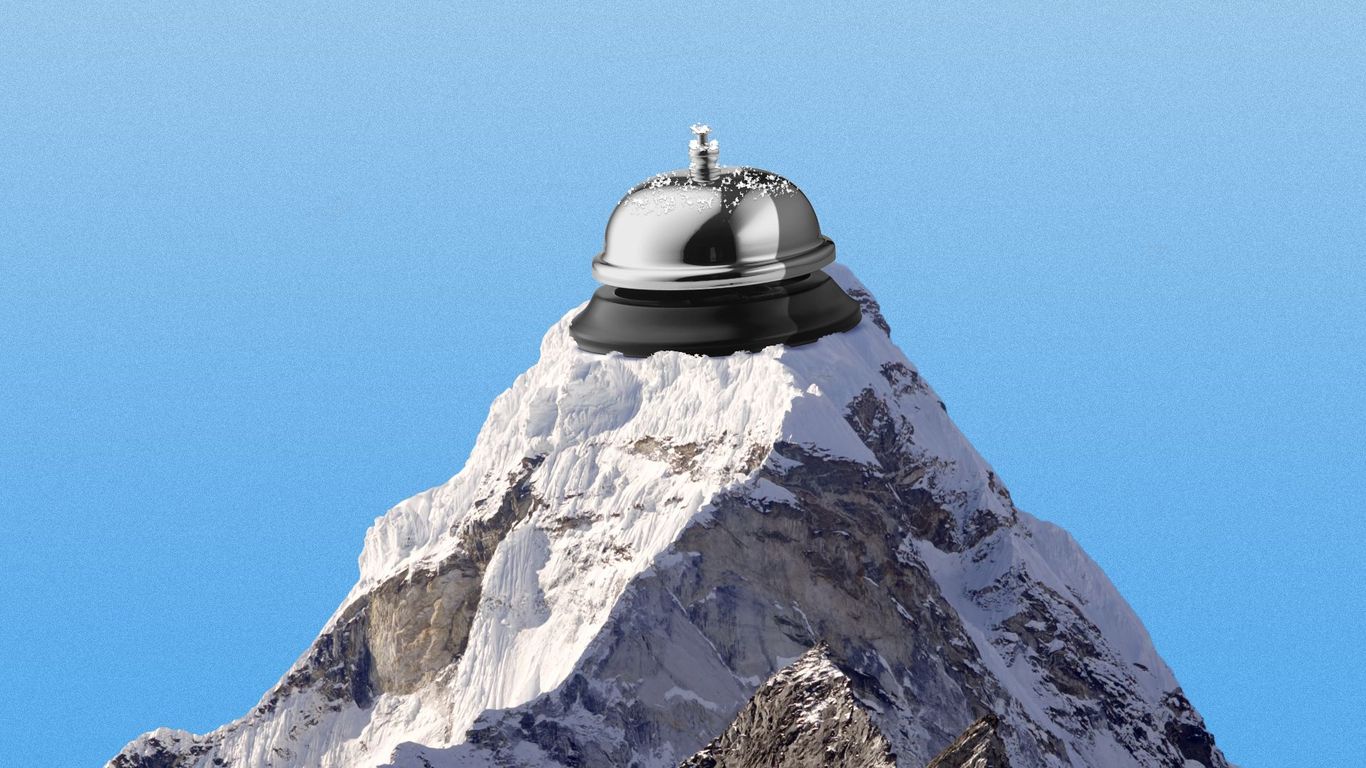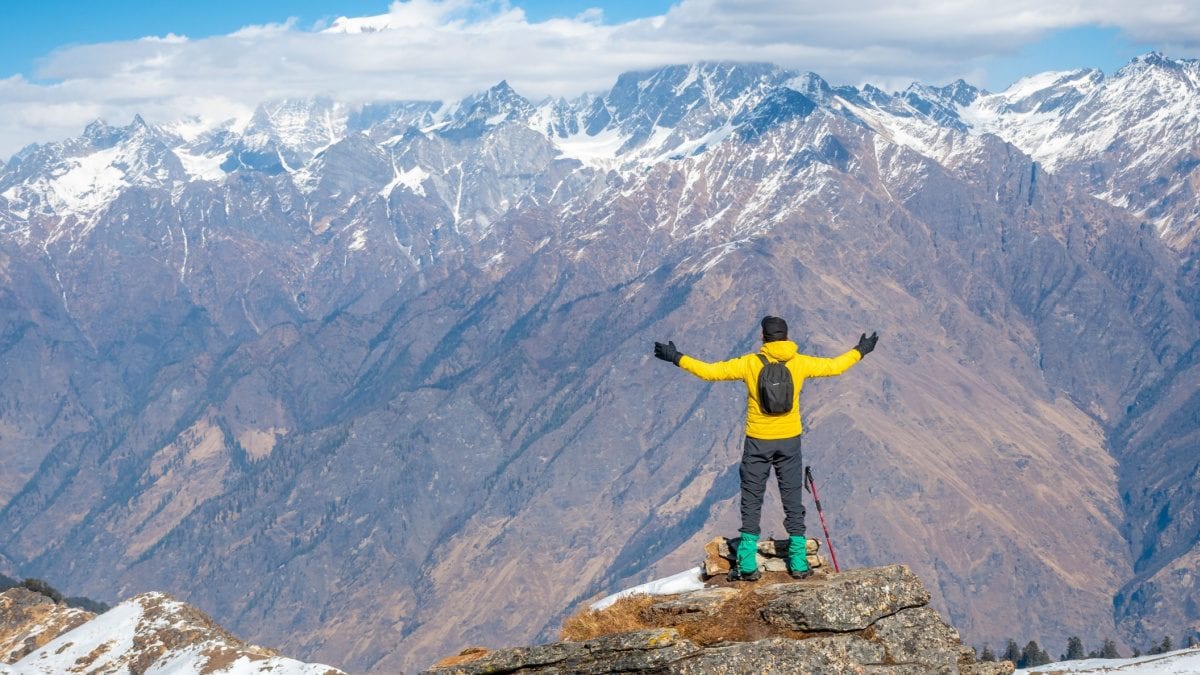Embark on an exhilarating journey into the world of extreme tourism locations, where adventure seekers push the boundaries of human experience. From towering mountains to uncharted depths, these destinations offer a unique blend of thrill, challenge, and awe-inspiring natural beauty.
Prepare to discover the most sought-after extreme tourism destinations, each promising a distinct adventure that will test your limits and leave you with memories that will last a lifetime.
Extreme Tourism Locations

Extreme tourism involves engaging in adventurous and potentially dangerous activities in remote or challenging environments. Its appeal lies in the thrill-seeking nature of these activities and the opportunity to push personal limits.
Types of Extreme Tourism Activities
Extreme tourism activities encompass a wide range of options, including:
- Adventure sports:Activities such as rock climbing, bungee jumping, and white-water rafting offer adrenaline-pumping experiences in natural settings.
- Wildlife encounters:Close encounters with exotic animals in their natural habitats, such as safaris or diving with sharks.
- Extreme weather conditions:Trekking or skiing in extreme weather conditions, such as sub-zero temperatures or high altitudes.
li> Exploration of dangerous environments:Visiting active volcanoes, exploring caves, or navigating through dense jungles.
Top Extreme Tourism Destinations

Extreme tourism has become increasingly popular in recent years, as more and more people seek out thrilling and adventurous experiences. These destinations offer a wide range of activities, from bungee jumping and skydiving to white-water rafting and mountain climbing. If you’re looking for an adrenaline-pumping adventure, then these are some of the best extreme tourism destinations in the world.
Extreme tourism is a type of tourism involving activities with a high level of perceived risk and physical exertion. It often takes place in remote or exotic locations and can include activities such as bungee jumping, skydiving, white-water rafting, and mountain climbing.
Top Extreme Tourism Destinations
- New Zealand: New Zealand is a popular destination for extreme tourism, offering a wide range of activities such as bungee jumping, skydiving, white-water rafting, and mountain climbing. The country’s stunning natural beauty provides a backdrop for these thrilling experiences.
- Nepal: Nepal is home to some of the world’s highest mountains, making it a popular destination for mountaineering and trekking. The country also offers other extreme activities such as bungee jumping and white-water rafting.
- Switzerland: Switzerland is known for its beautiful mountains and lakes, which provide the perfect setting for extreme activities such as skiing, snowboarding, and paragliding. The country also offers other extreme activities such as bungee jumping and canyoning.
- South Africa: South Africa is a popular destination for extreme tourism, offering a wide range of activities such as shark diving, bungee jumping, and skydiving. The country’s diverse landscape provides a backdrop for these thrilling experiences.
- Canada: Canada is a vast country with a wide range of extreme tourism activities on offer. These include activities such as ice climbing, heli-skiing, and white-water rafting. The country’s stunning natural beauty provides a backdrop for these thrilling experiences.
Planning an Extreme Tourism Trip
Planning an extreme tourism trip requires careful consideration and preparation to ensure a safe and enjoyable experience. Here’s a step-by-step guide to help you plan your adventure:
Extreme tourism involves activities that push the limits of physical and mental capabilities. It’s crucial to assess your fitness level, skills, and experience before embarking on such a trip. Thorough research and preparation are essential to minimize risks and maximize enjoyment.
Step 1: Choose Your Destination
- Research different extreme tourism destinations that align with your interests and abilities.
- Consider factors such as the level of difficulty, weather conditions, and political stability.
- Read travel advisories and consult with local experts to gather information about the destination.
Step 2: Book Your Trip
- Contact reputable tour operators that specialize in extreme tourism.
- Inquire about their safety protocols, experience, and insurance coverage.
- Book your flights, accommodations, and activities in advance, especially if traveling during peak season.
Step 3: Prepare Physically and Mentally
- Start a training regimen that aligns with the physical demands of your chosen activity.
- Consult with a healthcare professional to ensure you’re medically fit for the trip.
- Pack appropriate clothing, gear, and equipment for the conditions you’ll encounter.
Step 4: Pack Smart
- Bring only essential items to minimize weight and avoid unnecessary baggage.
- Pack first-aid supplies, a whistle, and a headlamp for emergencies.
- Consider bringing a water filtration system to access clean drinking water.
Step 5: Stay Safe and Informed, Extreme tourism locations
- Follow the instructions of your tour guides and adhere to safety protocols.
- Stay aware of your surroundings and avoid taking unnecessary risks.
- Keep a copy of your itinerary and emergency contact information accessible.
Risks and Benefits of Extreme Tourism

Extreme tourism is an activity that involves high levels of risk and danger, and it is becoming increasingly popular among tourists seeking adventure and excitement. However, it is important to be aware of the potential risks and benefits of extreme tourism before engaging in such activities.
Risks of Extreme Tourism
There are many potential risks associated with extreme tourism, including:
- Physical injury:Extreme tourism activities can be physically demanding and dangerous, and participants may be at risk of injury, such as broken bones, sprains, or cuts.
- Death:In some cases, extreme tourism activities can be fatal. For example, participants in skydiving or bungee jumping may be at risk of death if their equipment fails or if they make a mistake.
- Environmental damage:Extreme tourism activities can also have a negative impact on the environment. For example, off-road driving can damage delicate ecosystems, and rock climbing can damage rock formations.
Benefits of Extreme Tourism
Despite the risks, extreme tourism can also offer a number of benefits, including:
- Personal growth:Extreme tourism activities can help participants to develop their self-confidence, resilience, and problem-solving skills.
- Adventure:Extreme tourism activities can provide participants with a sense of adventure and excitement that they may not be able to find in other activities.
- Cultural immersion:Extreme tourism activities can also provide participants with an opportunity to learn about different cultures and ways of life.
Responsible Extreme Tourism

Extreme tourism, by nature, involves activities that have the potential to impact the environment and local communities. Responsible extreme tourism practices are essential to minimize these impacts and ensure the long-term sustainability of these destinations.
Responsible extreme tourism involves adopting principles that respect and preserve the natural and cultural heritage of the destination. It also includes considering the well-being of local communities and ensuring that tourism activities do not have negative social or economic consequences.
Minimizing Environmental Impact
- Choose activities that have minimal impact on the environment, such as hiking, kayaking, or rock climbing.
- Pack out all trash and avoid littering.
- Stay on designated trails and avoid disturbing wildlife.
- Respect local regulations and guidelines for environmental protection.
- Support conservation efforts and organizations that work to protect the environment.
Minimizing Social Impact
- Respect local customs and traditions.
- Support local businesses and services.
- Learn about the history and culture of the destination.
- Be mindful of your behavior and avoid actions that may offend or disrespect local communities.
- Engage with local people in a respectful and meaningful way.
Conclusive Thoughts: Extreme Tourism Locations

As you venture into the realm of extreme tourism, remember to embrace the principles of responsible travel. By minimizing our environmental and social impact, we ensure that these extraordinary destinations remain unspoiled for generations to come.
Questions Often Asked
What are the different types of extreme tourism activities?
Extreme tourism activities encompass a wide range of experiences, including rock climbing, bungee jumping, skydiving, white-water rafting, and more.
How do I plan an extreme tourism trip?
Planning an extreme tourism trip requires careful research, choosing reputable tour operators, ensuring proper training and preparation, and packing appropriate gear.
What are the potential risks associated with extreme tourism?
Extreme tourism activities inherently involve some level of risk, such as physical injury, altitude sickness, or adverse weather conditions.
